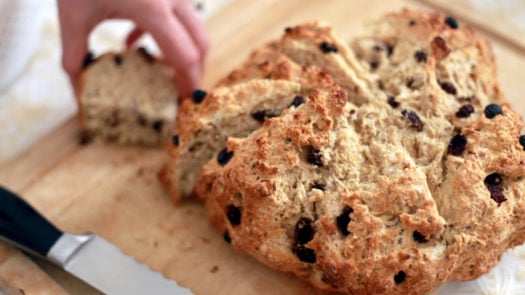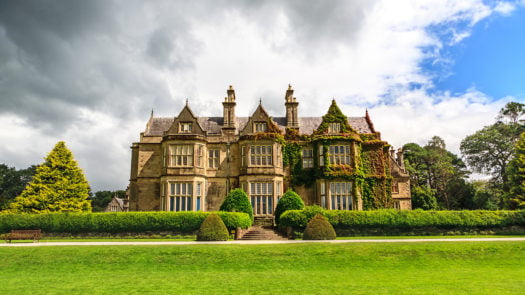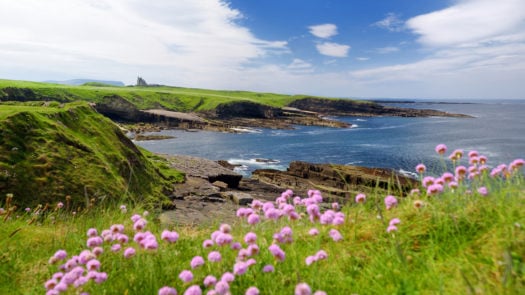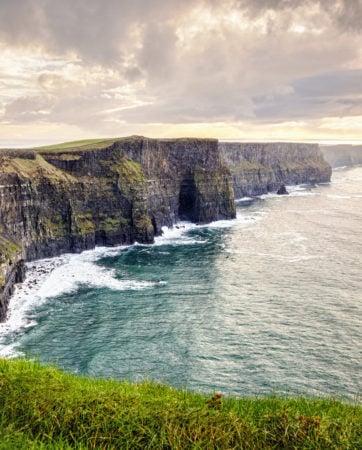Published on: January 3rd, 2019
Last modified: July 28th, 2023
Ireland is a country unlike any other, defined by an enchanting combination of historical sites, spectacular landscapes and rich cultural traditions. From its verdant countryside to its bustling cities, this small island is full of surprises.
From fascinating museums in Belfast, breweries in Dublin and trendy restaurants in Cork, to the dramatic landscapes of Ireland's West Coast, it's a land rich with opportunity. Here are a few of our favourite things to do in Ireland, whether you’re looking for a relaxing retreat, an exhilarating adventure or a deep dive into the past.
1. Visit Captivating Castles and World-Class Museums
Ireland is home to around 30,000 castles – a truly staggering number when you consider that the country only covers about 84 square kilometres. Even better, many of them are located conveniently close to lovely cities and towns.
On the northern side of Belfast, you’ll find Belfast Castle. This stately landmark is set high atop a hill, offering sweeping views of the city and its surroundings. And near the charming medieval town of Kilkenny, you can visit one of the most iconic buildings in Ireland: Kilkenny Castle. Its first construction dates all the way back to the 12th century.

To go deeper into Ireland’s history, pay a visit to one of its fantastic museums. At Dublin’s GPO Museum – housed in the General Post Office building – you can learn about the Irish independence movement of the early 20th century. Another site of relatively recent history is the Titanic Museum in Belfast, dedicated to the tragic story of the legendary ship.

2. Get a Taste of Ireland’s Iconic Beer
Whether you’re a Guinness enthusiast or not, it’s definitely worth visiting the Guinness Storehouse in Dublin. This legendary stout is much more than just a beer; it’s a symbol of Irish culture recognised across the globe. Likewise, this seven-storey building is much more than just a brewery.

Here you can learn how Guinness is made and discover the brand’s history, which began back in 1759. After enjoying a multi-sensory tasting experience, head to one of the Storehouse’s fantastic restaurants. We recommend the Gravity Bar, which offers 360º views of the city from the top floor.

3. Discover the Local Food Scene
Ireland may not be widely known for its cuisine, but its culinary culture is thriving. We especially love the restaurant scene in Cork, where you can hop between chic cafes, cosy pubs and renowned restaurants. This port city is known as the country’s food capital, offering everything from fish and chips to artisanal pizza and international eateries. For a bit of everything, head to the 18th-century English Market – a true paradise for foodies.
We suggest pairing your tasting tour of Cork with a visit to the Jameson Distillery. This is a must-visit for any whiskey lover, with guided tours of the live maturation warehouse and the micro-distillery. Jameson Irish Whiskey has been made here since 1975, when the distillery was moved from Dublin.

For a truly authentic culinary experience, take a traditional bread-making class beside the serene Strangford Lough. You’ll learn how to make classics like soda bread, potato bread and more, and then tuck into a meal of fresh produce followed by regional desserts and a selection of local gins.

4. Explore Ireland’s Oldest National Park
Set at the southwest end of Ireland, Killarney National Park is a tranquil and scenic destination with no shortage of activities. Here you can take in the beauty of the country’s largest native forest, the River Laune and the Ring of Kerry. We highly recommend trekking to Torc Waterfall and climbing Cardiac Hill, where you’ll be rewarded with spectacular views.

Back on level ground, you can visit Muckross House and Gardens – a gorgeous Victorian mansion – and the nearby Muckross Abbey. But perhaps our favourite thing to do in Killarney is to take a boat trip to the peaceful Innisfallen Island, with its ancient red sandstone church.

5. Delve into the Prehistoric Past
The intriguing story of Ireland comes alive in the Ancient East, an area that encompasses many of the country’s most treasured historic landmarks. Journey all the way back to prehistoric times as you marvel at the megalithic tombs of Brú na Bóinne and Loughcrew Cairns, which were constructed several thousand years ago in the Neolithic period.

Skip forward a few millennia at Clonmacnoise Monastery, a relic of the early Christian era, and Glendalough’s Round Tower, which is set in a stunning glacial valley. The Ancient East is also home to more recent sites, such as the 18th-century Palladian Castletown House.
There’s no better place to get a glimpse into so many different parts of Ireland’s past.

6. Immerse Yourself in Majestic Scenery
Ireland’s west coast features some of its most dramatic landscapes, from rugged coastline to soaring peaks. Take a drive along the Wild Atlantic Way to find fantastic views and lovely little towns. You can also explore on foot, especially within the wonderful national parks. We’re partial to Connemara National Park, which is full of scenic hiking paths.

The Cliffs of Moher are among the country’s most impressive sites, with 14 kilometres of staggering cliffs plunging down into the ocean. Near their highest point you can visit O’Brien’s Tower, which gives you even greater views of the nearby mountains, the Aran Islands and the Loop Head lighthouse.

7. Marvel at the Mysterious Giant’s Causeway
Few places in Ireland are as awe-inspiring as this one – and that’s saying a lot. The Giant’s Causeway is a UNESCO World Heritage Site comprising thousands of hexagonal basalt columns. The way they’re arranged along the coastline in a strange sort of symmetry is both bewildering and beautiful.

Legend has it that the rock formations were created by a giant named Finn McCool to create a path across the Irish Sea. Scientists will tell you they’re the result of volcanic activity – but once you see them in person, you might just be more inclined to believe in the myth. Either way, these rocks have held up against fierce winds, waves and storms for millions of years.

Discover Ireland's Charm
Feeling inspired? Our expert travel designers are always on hand to help you plan your luxury trip to Ireland.







